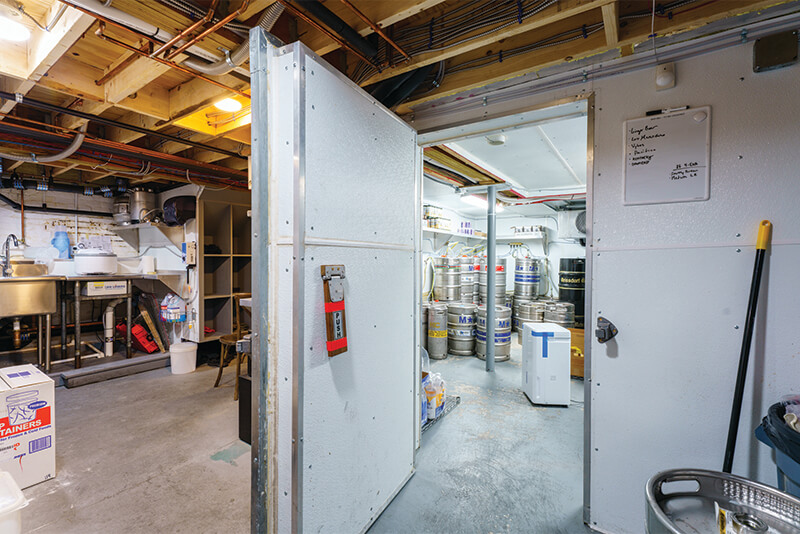Phase IV Topics

You might be thinking…
I found an opportunity that I am interested in pursuing further. Now what?
By now you should have a good idea of what the rent terms are for the space based on information provided by the landlord or the broker listing the space. You should also know other key economic terms of the lease itself. But there is more to understand and more details to research before making final decisions about a space. Without spending too much time and energy, it’s important to understand all that will be required to open your business.


Terms to familiarize yourself with
Questions To Ask
Questions To Ask


Consider the following:
Assembling Your Project Team
Next, you will need to pull together your team members to help you with underwriting and deal making. Team assembly is discussed in earlier phases, but the following offers more detail on how each member can help you at this stage of the process.
Broker
- Compensated by landlord in most cases
- Leads search process, organizes and typically accompanies you on tours
- Leads the Letter of Intent (LOI) negotiations, drives deal structure, and provides market knowledge
Architect & Engineer (A&E)
- Two different professionals, but the services are known collectively as “A&E”
- May join for a tour or site visit prior to official engagement
- Helps estimate soft costs for A&E services, part of your project budget
- Can guide you on design files and documentation needed from landlord
- Two different professionals, but the services are known collectively as “A&E”
- May join for a tour or site visit prior to official engagement
- Helps estimate soft costs for A&E services, part of your project budget
- Can guide you on design files and documentation needed from landlord
Contractor
- Often provides preliminary advice with an expectation for future work together
- Helps estimate the hard costs involved with the project — typically the largest expense in expanding a business
- Can ask appropriate questions about the physical space (pertaining to your use) and potential unforeseen costs/hazards
Attorney
- Often not needed until the proposal (key businesses issues) is completed or near completion
- Negotiates a lease with a focus on legal issues and risk mitigation
- May also assist with entity formation, employment matters, partnership documents, and other startup issues
Project Financing
How much will the overall project cost — and how will you fund it?
This is one of the most critical questions you will need to answer. Develop a project budget that includes approximate costs for building improvements to the space (hard costs), costs for fixtures, furniture, and equipment (FF&E), costs for fees associated with architects, engineers, attorneys, etc. (soft costs), and then pre-opening costs such as staffing, inventory, working capital, marketing, security deposits, etc.
This is one of the most critical questions you will need to answer. Develop a project budget that includes approximate costs for building improvements to the space (hard costs), costs for fixtures, furniture, and equipment (FF&E), costs for fees associated with architects, engineers, attorneys, etc. (soft costs), and then pre-opening costs such as staffing, inventory, working capital, marketing, security deposits, etc.


Next, you will need to identify your funding sources.
1.
Make a list of your funding sources, including landlord contribution (TIA or Landlord Work), bank debt, equity investors, grants or loans, personal cash, etc.
2.
Funding sources and how the money will be spent is called the “Sources & Uses of Funds.” Landlords will often will ask to see this in written form. This helps give them the confidence that you can execute your plans on opening your business.
Funding sources and how the money will be spent is called the “Sources & Uses of Funds.” Landlords will often will ask to see this in written form. This helps give them the confidence that you can execute your plans on opening your business.
3.
Prepare estimated Profit & Loss statement (“P&L”) for a minimum of 2-3 years.
Prepare estimated Profit & Loss statement (“P&L”) for a minimum of 2-3 years.


